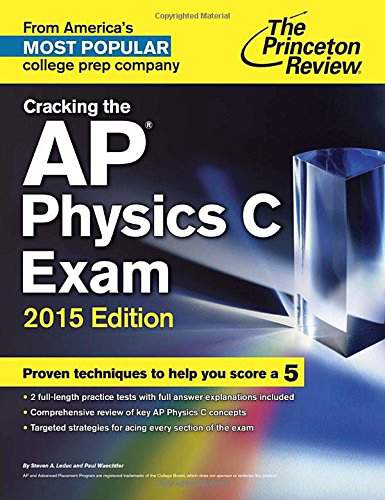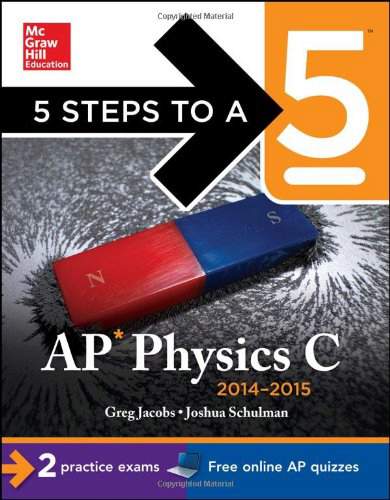Connecting...

For more information, please see full course syllabus of AP Physics C: Electricity & Magnetism
AP Physics C: Electricity & Magnetism Electric Potential Due to Continuous Charge Distributions
Here, we dive into more diagramming of E&M problems involving charged shapes. In this lecture, you will be walked through charged shapes you know (rings and spheres), and brought one step further with disks (filled rings) and spheres that are not hollow. The idea behind these problems is that one can think of non-hollow objects as a bunch of hollow objects combined. For example, a disk is simply infinitely many rings of increasing radius within one another. With this idea, we can take our knowledge of things like electric potentials and electric fields from hollow objects, and sum them up to obtain the potential/field of a solid object. Next time we’ll take a look at objects that have this kind of continuous charge distribution.
Share this knowledge with your friends!
Copy & Paste this embed code into your website’s HTML
Please ensure that your website editor is in text mode when you paste the code.(In Wordpress, the mode button is on the top right corner.)
- - Allow users to view the embedded video in full-size.













































1 answer
Mon Apr 30, 2018 6:13 AM
Post by Anshul Guha on April 27, 2018
For example 2, part b, I did not integrate over the arc that is covered by the charge Q. Instead, I broke the segment of charge Q into small segments of size dQ and then noticed that each segment adds k(dQ)/R of potential to the charge. Then, since R and k are constant, I integrated with bounds from 0 to Q to get that the total potential at point P is kQ/R, which is the correct answer. Is this line of reasoning correct? If so, how exactly is it flawed?
2 answers
Tue Mar 13, 2018 9:17 AM
Post by Kevin Fleming on March 13, 2018
Prof. Fullerton,
Why is the potential inside the circle equal to the potential outside the circle? If the electric field inside the shell is assumed to be zero, then how can electric potential exist inside that region? Thanks.
2 answers
Fri Jul 7, 2017 2:18 PM
Post by Luka Kostic on July 7, 2017
Hello prof.
In the case of potential due to a sold spherical insulator, is it necessary to express volumic charge density or we can just leave ro, becouse it's a uniformly charged sphere?
1 answer
Wed Oct 19, 2016 7:40 AM
Post by Mohsin Alibrahim on October 10, 2016
Mr F
When you were finding potential due to a uniformly charged disk, why the charge density = Q/pi*R^2 rather than Q/pi*r^2 ?
1 answer
Fri Apr 8, 2016 6:23 AM
Post by Ayberk Aydin on April 8, 2016
Also why can't you take the negative derivative of the electric potential with respect to dr to calculate the electric field in part e of the 2010 FRQ?
1 answer
Fri Apr 8, 2016 6:16 AM
Post by Ayberk Aydin on April 8, 2016
Why is the electric field between .1 and .2 meters negative in the 2012 FRQ?
1 answer
Tue Jan 19, 2016 6:56 AM
Post by Shehryar Khursheed on January 18, 2016
Also, another question I had was regarding the 2010 FRQ about the quarter circle charge distribution. This question is about the limits you chose for the integrals on both part b and part e. Firstly, I used the limits 0 and pi/2 for both because I assumed orientation didn't matter; only the length did. And for part b, I actually got the same answer as you even though I used different limits. Was this a coincidence or is it fine to use different limits like that when calculating electric potential?
Now, when I proceeded to do part e, I used the same limits aforementioned. However, now I got a different answer than you. I concluded that this didn't happen in part b because electric potential is a scalar. Since electric field is a vector, orientation does matter and my limits need to match the diagram. Is this correct? Thanks!
2 answers
Mon Jan 18, 2016 1:31 PM
Post by Shehryar Khursheed on January 18, 2016
On the example calculating the electric potential of the disk, what happend to the little "r" in the numerator at around 7:45? You said we'd be left with an ri in the denominator but there was no mention of the r in the numerator of the integral. Thanks!